From Buzzword to Social Infrastructure — Signs of Web3 “Social Implementation” Seen Through Two Years of Collaboration Between Dentsu Digital and Pacific Meta
2025.11.06
- Web3 Consulting

Writer
Pacific Meta
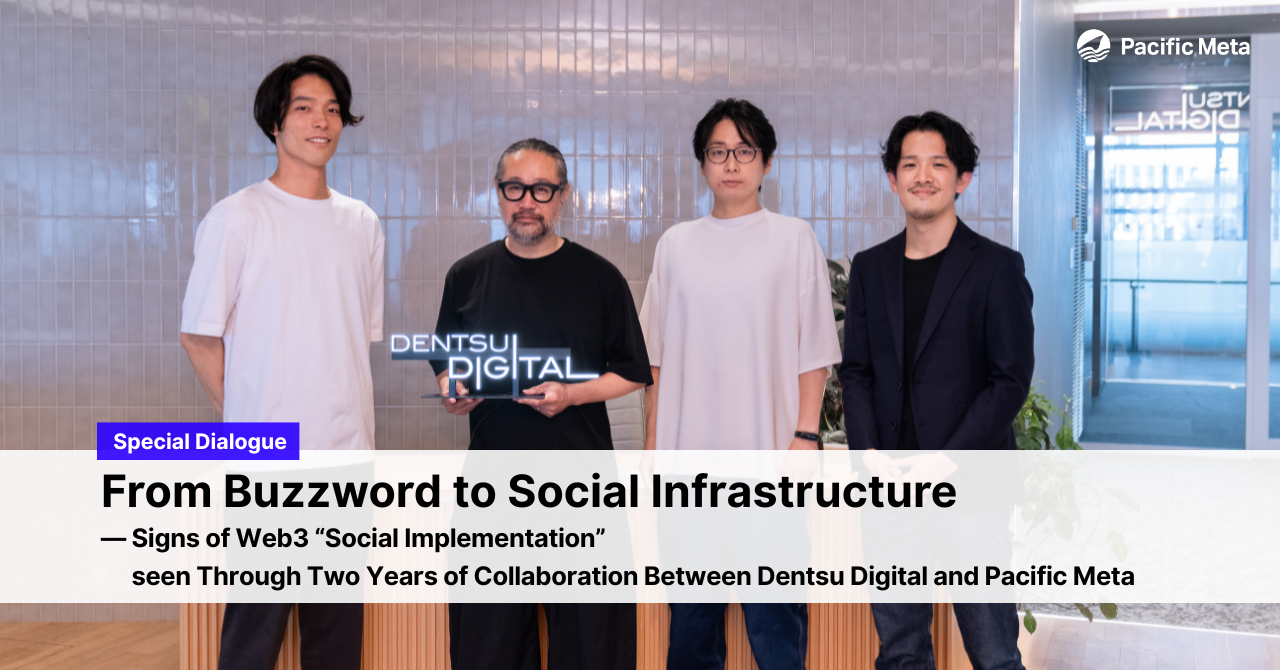
Under the purpose of “Inspire people, create new value, and improve how the world works.” Dentsu Digital Inc. (hereinafter referred to as “Dentsu Digital”), a core company within the Dentsu Group and one of the largest integrated digital firms in Japan,continues to deliver new value to consumers, society, and businesses.
Since 2023, Pacific Meta has been collaborating with Dentsu Digital for about two years, engaging in initiatives such as study sessions on Web3 and discussions exploring new business possibilities.
During these two years, the environment surrounding Web3 has changed significantly. How does Dentsu Digital interpret these changes? And how will Web3 transform the way society functions going forward?
In this special dialogue, we invited three leaders at Dentsu Digital, who are driving new experience design through advanced technologies such as AI, XR (Extended Reality), and Web3:
- Fumihiko Taira (Deputy Director, Experience & Product Division)
- Takuma Toyosawa (Group Manager, Creative Planning Division 1, Experience & Product Division)
- Ryota Utsumi (Business Value Produce Division, Experience & Product Division)
together with Kazuhito Azechi, Co-founder, Head of Business Development at Pacific Meta.
This interview was conducted in July 2025. Titles and affiliations are current as of the time of publication.
Table of Contents
- The Background Behind Focusing on Web3 and Collaboration with Pacific Meta
- Structuring Massive Trends into Business Concepts
- From Buzzword to Social Infrastructure — The Future of Web3
The Background Behind Focusing on Web3 and Collaboration with Pacific Meta
— What led Dentsu Digital to become interested in Web3?
Taira
At Dentsu Digital, guided by our purpose of “Inspire people, create new value, and improve how the world works,” we have consistently taken on initiatives with the potential to bring about major social change. About two years ago, I was part of a division with the mission of promoting new businesses and DX to create a better society. Around that time, Web3 was beginning to attract significant attention.
Including the philosophy of “shifting sovereignty to the individual,” we began to see Web3 as a technology that could contribute to solving social challenges. As a result, momentum grew within our company to steer toward Web3 and propose it as one possible approach to addressing social issues.
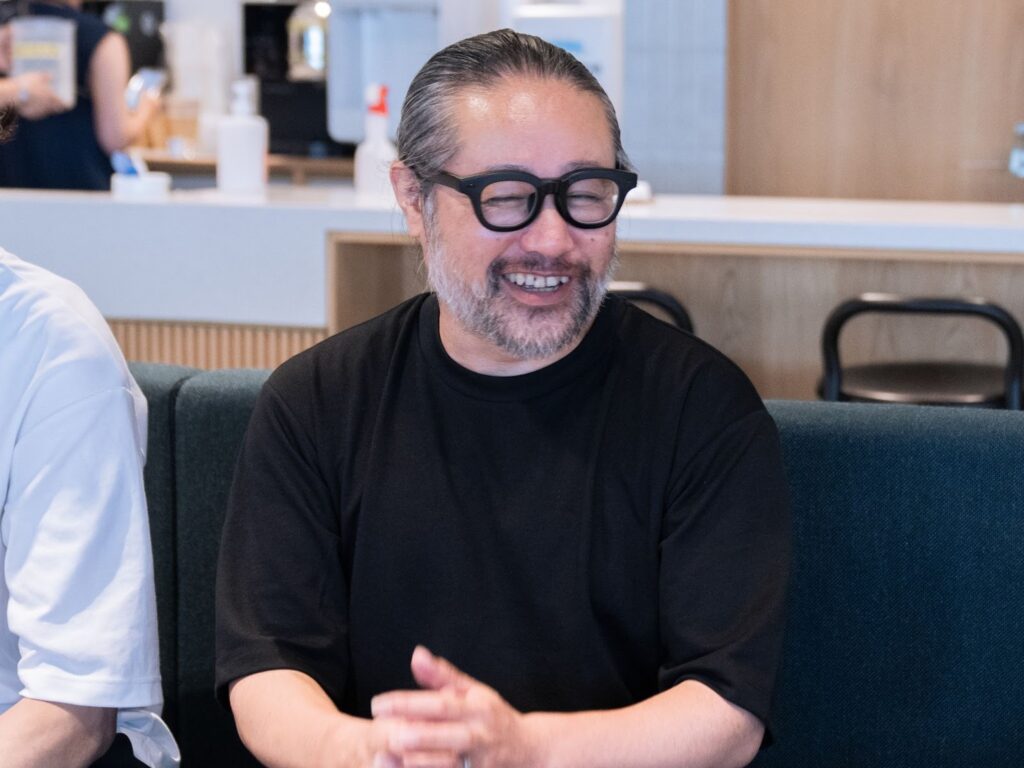
Utsumi
At Dentsu Digital, our focus is not simply on the novelty of a technology, but on how it reaches society and consumers as an experience. We approached Web3 from that same perspective and deepened our discussions accordingly.
Toyosawa
We see Web3 as a technology that can trigger new businesses and brand experiences. Personally, I began studying Web3 on my own, and through continuous learning and practice, I gradually deepened my understanding. Building on that, our team now looks beyond Web3 alone, addressing advanced technologies such as generative AI and XR in a cross-disciplinary way to design new types of experiences.
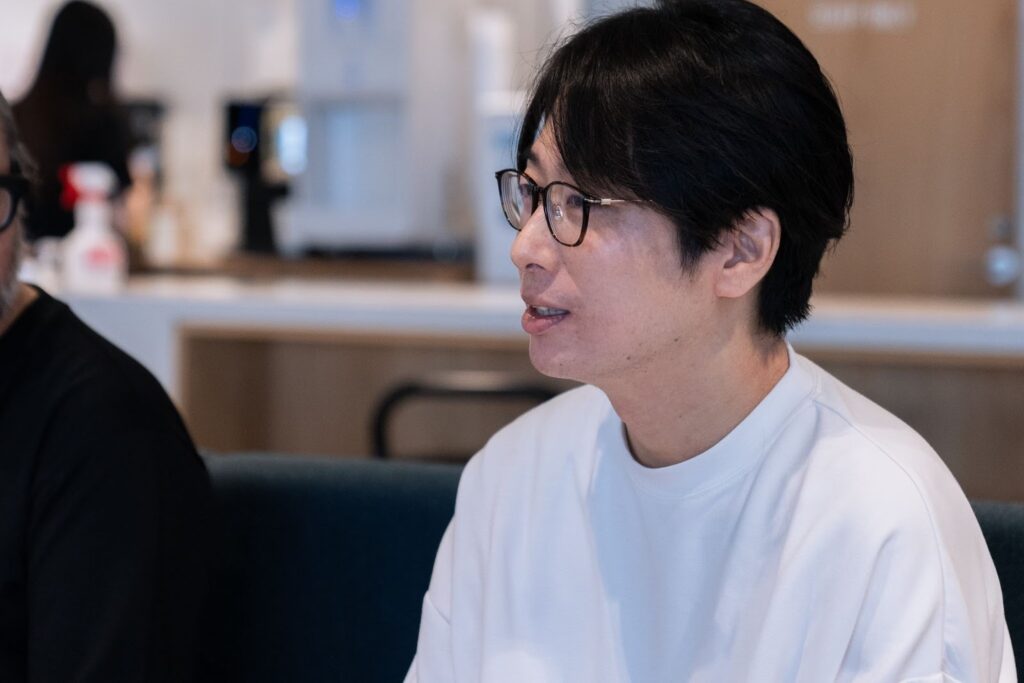
— How did the collaboration with Pacific Meta come about?
Taira
Although Web3 has potential for solving social issues, it is filled with specialized terms and can be difficult to understand. In addition, it was hard to visualize the specific business impact or how it could transform customer experiences. Even within our team, there were gaps in understanding.
That is why we first organized internal study sessions. We wanted to raise our collective knowledge, actually engage with Web3, and gain hands-on experience. We started with an online workshop for around 20 participants, and that was our first encounter with Pacific Meta.
In preparing for the workshop, we spoke with various startups who seemed knowledgeable about Web3. Among them, Pacific Meta left a strong impression because of the accuracy and breadth of their information. They had access to primary sources from around the world and communicated insights grounded in both business perspectives and real experiences.
During the study session, they designed a program where participants created wallets and received NFTs — a learning process built on direct experience.
Structuring Massive Trends into Business Concepts
— In delivering Web3 to clients, what aspects did you find most challenging?
Taira
The biggest challenge is that Web3 is difficult to grasp and not easy to understand intuitively. For example, with XR, once you look at the display, you can immediately understand “Oh, this is the kind of experience it enables.” With generative AI as well, once you try it, you can instantly feel what’s possible. But with Web3, even if you explain it, it doesn’t easily get across.
How do we explain it in a way that people can understand? How can we connect it to business so that clients can sense its potential? These were the kinds of discussions we had again and again. Even now, we continue to explore and test different approaches.
Azechi (Pacific Meta)
Blockchain is a foundational technology, and on its own, it’s hard to demonstrate “experiential value.” What’s more, its strongest affinity is with the financial domain, which requires a certain level of financial literacy. Since financial literacy is not yet widespread in Japan, the hurdle to understanding Web3 is even higher.
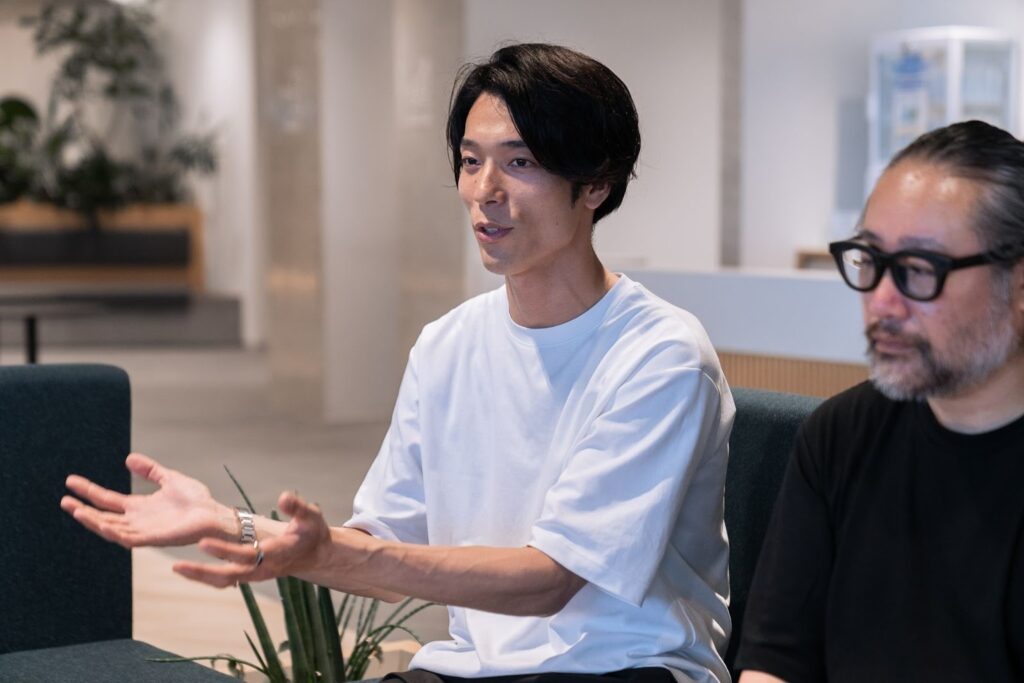
— Against this backdrop, you also worked on the “Web3 MIRAI MANDALA,” correct?

Utsumi
Yes. Within the Dentsu Group, we have a tool called the “dentsu MIRAI MADALA” (with Mirai meaning “future” in Japanese) that summarizes signs of societal and consumer changes looking ahead. The idea arose to create a Web3 version of it.
At first, I didn’t have deep knowledge of Web3. But by gathering a wide range of trends and case studies and organizing them systematically, the bigger picture finally came into view. When I laid out 40–50 examples side by side, I had a moment of realization: “So these are the domains where Web3 has strong compatibility.”
That said, if you only talk about Web3 from a philosophical standpoint, it tends to become vague. A firm technical understanding at the core is essential. That’s why we relied on Pacific Meta to provide us with the latest examples and global developments, which gave us the foundation to strengthen our summary.
Azechi (Pacific Meta)
For those of us in the Web3 industry, communicating it in a way that society can easily understand is always a challenge, as we tend to lean too heavily toward the technology perspective. In that sense, Dentsu Digital’s ability to organize it from the viewpoint of society and consumers made the summary systematic and easy to understand. It was so valuable that even we, at Pacific Meta, felt we could reference it in our consulting practice.
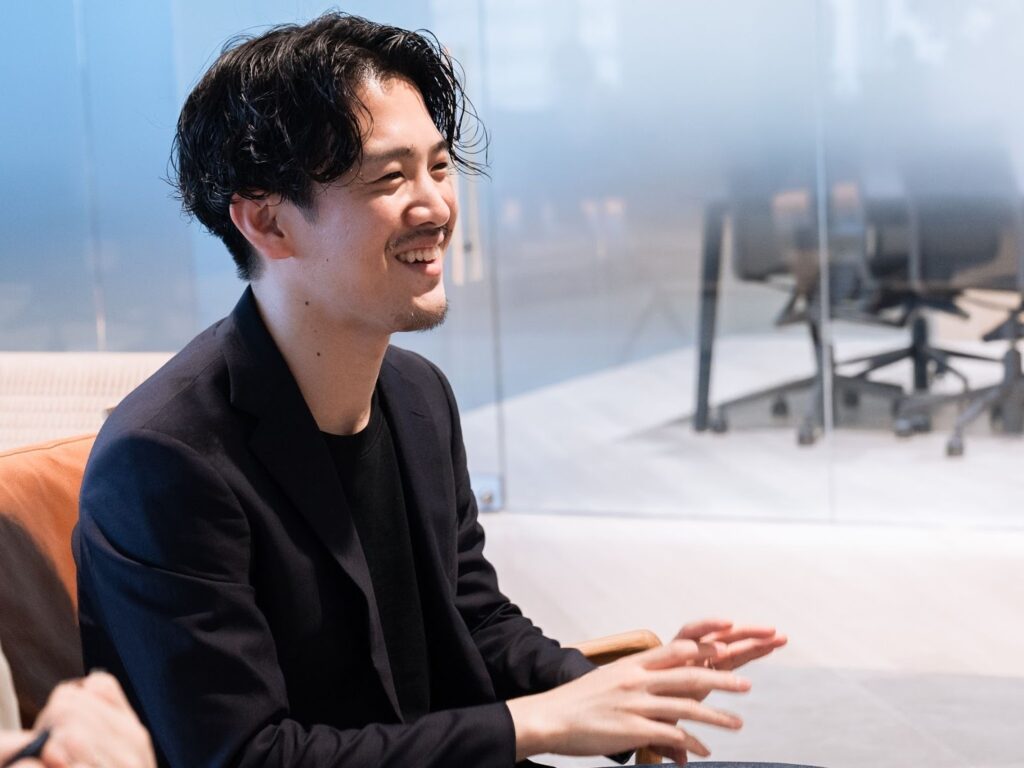
From Buzzword to Social Infrastructure — The Future of Web3
— Two years have passed since the start of your collaboration. How do you feel the Web3 future you envisioned back then is progressing now?
Toyosawa
Compared to that time, I feel that the word “Web3” itself appears less often in the spotlight. However, as an underlying infrastructure, its use has been steadily expanding. The most notable progress is in the financial sector. The rise of security tokenization (ST) is a clear sign that social implementation is spreading.
Azechi (Pacific Meta)
With infrastructure development advancing, the key question now is “What do we build on top of it?” NFTs as well have moved beyond their earlier speculative boom, shifting toward more sustainable applications such as proof of authenticity and fan community management.
Taira
Within our company, we even experimented with issuing NFTs as employee ID passes. From there, we organized workshops to discuss “How can we use this to create new experiences?” We came to realize that Web3 should not be treated as an end in itself, but rather as a tool for solving challenges.
Azechi (Pacific Meta)
In the financial domain, blockchain use has really advanced. The infrastructure is being strengthened — for example, data interoperability and availability — and on top of that, the differentiating factor for each company is “what they build and present to users.”
Toyosawa
The progress of security tokens (STs) also looks set to become a major pillar going forward.
Azechi (Pacific Meta)
Exactly. The key is how much liquidity can be provided. Outside finance, the way NFTs are being used has also evolved over the past two years. The speculative boom has calmed down, but the technological potential continues to expand.
Toyosawa
We are also shifting away from talking about Web3 in isolation, instead exploring ways to combine it with generative AI and XR to create experiential value. For example, while we issued NFTs as employee IDs, that was just an entry point. The deeper discussions now revolve around “How can we leverage this mechanism in business?” That’s what our workshops are designed to explore.
Taira
I believe it is through combining technologies that truly new possibilities emerge. For instance, if you use generative AI to create a character and place it in a metaverse environment, you can provide an experience that has never existed before. By combining Web3, AI, and XR, I believe we can open the door to entirely new forms of engagement.
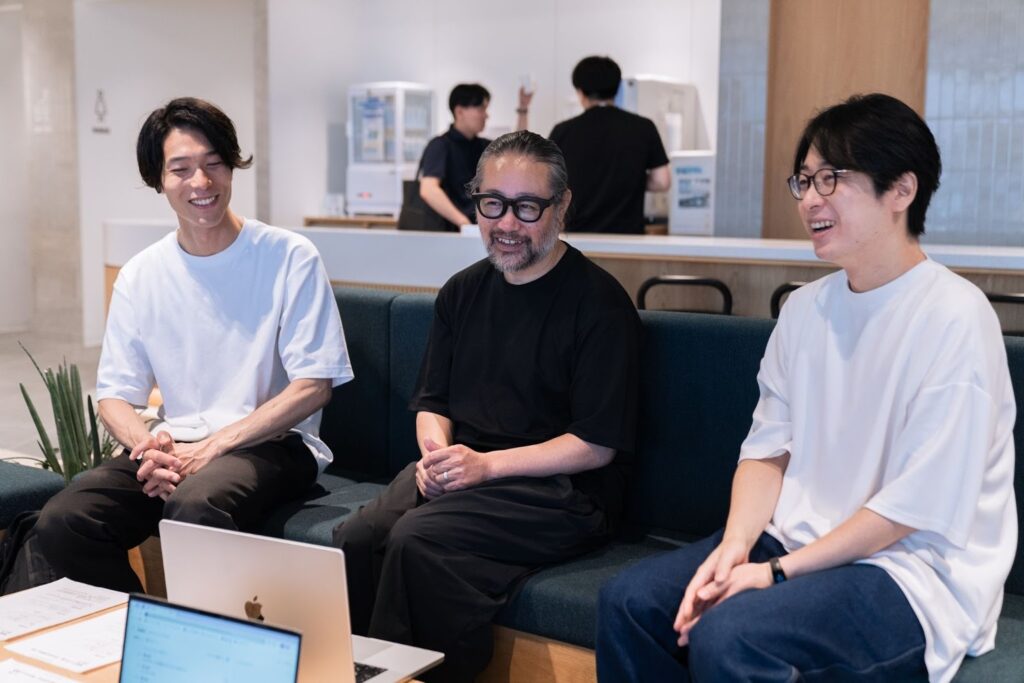
— How do you think Web3 will interact with society in the future?
Toyosawa
It’s important not to position Web3 as a “goal” in itself, but rather as an “effective means” for addressing the challenges we want to solve. NFTs, for example, were initially talked about as something “new,” but their essence lies in attributes such as proof and the guarantee of uniqueness. It took several years for society to understand that value, but I feel it is finally starting to take hold.
Taira
As its use as infrastructure expands, Web3 will naturally take root in society. Tokenized real estate, for instance, has a structure that is easy to understand and communicate to the public. On the other hand, terms such as “security tokens” and “blockchain” remain technical and difficult. That’s why we focus on not being caught up in terminology, but on clearly communicating “what the core value really is.”
Azechi (Pacific Meta)
We strongly share that perspective, based on our own experiences. One of the greatest weaknesses of those in the Web3 industry is communicating messages to society in an accessible way. Many businesses release technologies or products in a product-out manner, and for the general user, the reaction often is: “I still don’t really get it.”
That is precisely why the involvement of an organization like Dentsu Digital is so valuable. They can refine the final message and concept professionally, ensuring it reaches society in a clear and compelling way.
Utsumi
The key issue going forward will be how to express the unique value of the technology without clinging to the term “Web3.”
Toyosawa
Exactly. We focus on emphasizing “what can only be achieved with Web3” while communicating it without jargon. At present, there aren’t many examples that are universally easy to understand, but once good services emerge that harness the technology effectively, they will significantly update society.
Right now, Web3 is still in the stage where its foundation is being developed behind the scenes. Once a breakthrough service surpasses the critical threshold, adoption will spread rapidly. QR codes, for instance, initially required a dedicated app to read them, but now the default camera function handles it. I believe Web3 will follow a similar path.
Taira
Additionally, Japan’s regulatory environment is relatively advanced, making it easier to move forward while managing risks. At the same time, there is the danger of becoming too insular. To avoid a “Galápagos effect” and remain connected globally, we place great expectations on Pacific Meta’s international perspective.
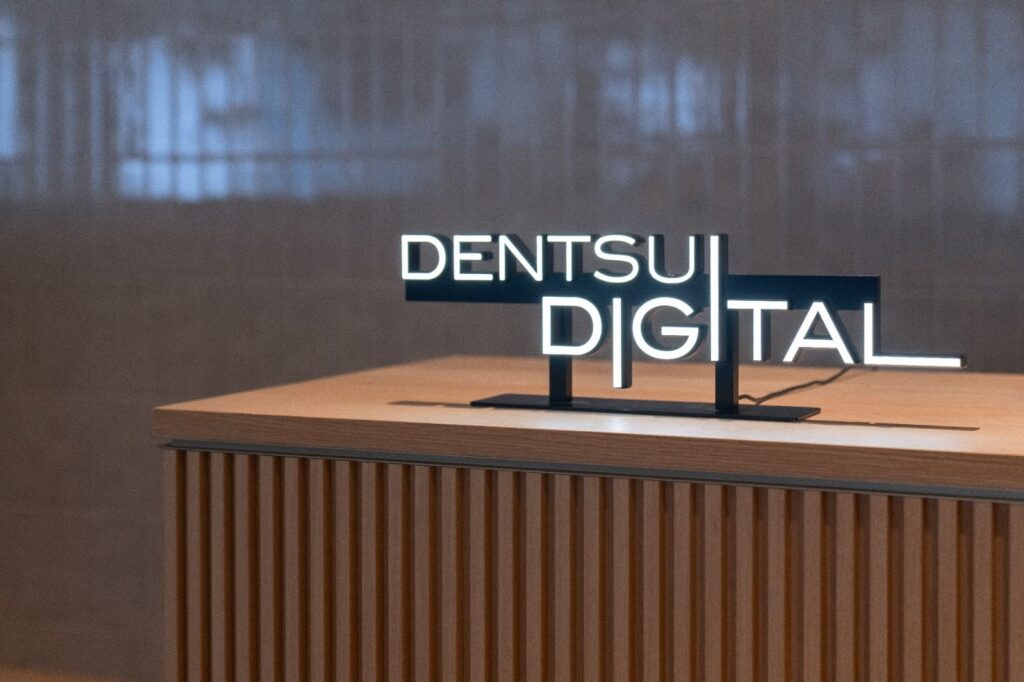
This interview was conducted in July 2025. Titles and affiliations are current as of the time of publication.
About Dentsu Digital Inc.

Dentsu Digital is one of the largest integrated digital firms in Japan. With our guiding purpose to: “Inspire people, create new value, and improve how the world works”, we are committed to realizing the full potential of new solutions that can emerge from the joining of creativity and technology closer to people’s hearts and minds. As a strong partner for our clients’ business evolution, our goal is to aim for longterm “transformation and growth” both within the economy and across society through creating new value.
Consult with Pacific Meta
Our Experts
-
Co-founder, Head of Business Partner
Kazuhito Azechi
Graduate of Tokyo University of Foreign Studies. Joined Luup, Inc. during its founding stage, where he gained experience in business department setup and management. Later co-founded Pacific Meta and oversees domestic business operations.

